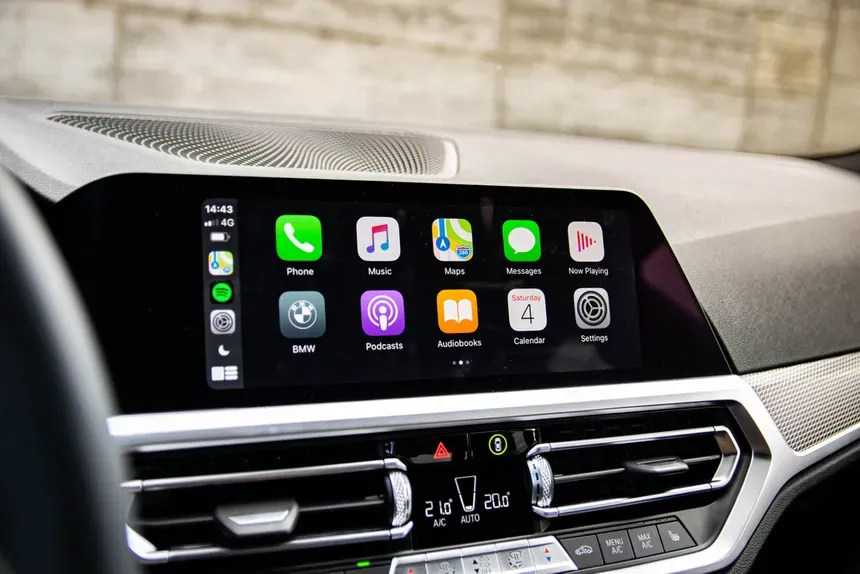Real-Time Driver Tracking Vulnerability Found in Cars
Researchers Uncover Security Flaws in Aftermarket In-Vehicle Infotainment Systems In a groundbreaking study, cy

Cybersecurity researchers have exposed significant security vulnerabilities in aftermarket in-vehicle infotainment (IVI) systems. These systems, which are added to vehicles after purchase, can be found in millions of cars worldwide and provide drivers with features such as GPS navigation, entertainment, and climate control. However, new research reveals that these devices may also pose a significant cybersecurity risk. The researchers demonstrated that they could crack into the IVI system, force restart it, and upload malware.
This level of access could allow an attacker to take control of various vehicle functions, potentially putting drivers and passengers at risk. While this research focuses on aftermarket IVI systems, it is important to note that factory-installed systems may also be vulnerable to similar attacks. As vehicles become increasingly connected, cybersecurity experts warn that the automotive industry must prioritize security measures to protect against potential threats.
The Rise of Connected Vehicles
As technology continues to advance, more and more vehicles are becoming connected. This trend as led to a proliferation of IVI systems, which provide drivers with an array of features designed to enhance the driving experience. However, this increased connectivity also creates new opportunities for cybercriminals to exploit vulnerabilities in these systems. Connected vehicles rely on a complex network of sensors, cameras, and other devices to function. These components communicate with each other and with external networks, such as cellular networks and Wi-Fi hotspots, to provide drivers with real-time information and functionality. However, this communication can also create potential attack vectors for cybercriminals.
The Threat of Cyberattacks on IVI Systems
Cybersecurity researchers have long warned that connected vehicles are vulnerable to attacks. In 2015, two security researchers famously demonstrated that they could take control of a Jeep Cherokee's brakes and other functions remotely. This high-profile attack highlighted the potential dangers of connected vehicles and spurred the automotive industry to take action to improve cybersecurity measures. However, despite these efforts, IVI systems remain vulnerable to attacks. The new research highlights the importance of addressing these vulnerabilities to protect drivers and passengers from potential threats.
The Need for Stronger Cybersecurity Measures
As connected vehicles become more prevalent, it is essential that the automotive industry takes steps to address cybersecurity risks. This includes implementing robust security measures such as encryption, secure boot processes, and regular software updates. Additionally, manufacturers must prioritize transparency and communication with consumers regarding potential vulnerabilities and the steps being taken to mitigate them. Consumers also have a role to play in protecting their vehicles from cyberattacks. This includes keeping software up-to-date, using strong passwords, and avoiding unsecured Wi-Fi networks. By taking these precautions, drivers can help ensure that their connected vehicles remain safe and secure.
While aftermarket IVI systems provide drivers with a range of convenient features, they also pose significant cybersecurity risks. The new research highlights the need for stronger cybersecurity measures to protect against potential threats. By prioritizing security and taking proactive steps to address vulnerabilities, the automotive industry can help ensure that connected vehicles remain safe and secure for all users.




